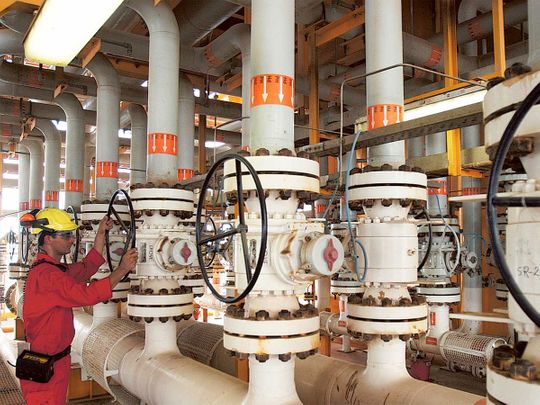In the most optimistic estimates, the country could return to pre-sanctions production levels of almost 4 million barrels a day in as little as three months.
Any agreement must fully dismantle the gamut of US barriers on trade, shipping and insurance involving Iranian entities.
Extra Iranian supplies would impose a burden on its counterparts in the OPEC+ alliance, which has toiled for more than a year to clear a lingering supply glut.
If successful, they could reactivate the international nuclear deal that Donald Trump withdrew from unilaterally in 2018.
Production has climbed almost 20% this year to 2.4 million barrels a day, the highest in two years, according to data compiled by Bloomberg.
Engineers at government-owned NIOC have been rotating crude production between different fields to maintain sufficient reservoir pressure, according to officials at the company, who asked not to be identified when discussing operations.
It would take 12 to 15 months after the lifting of sanctions to increase production to 3.8 million barrels a day, Reza Padidar, head of the energy commission of the Tehran Chamber of Commerce, said in a telephone interview.
About 11 million barrels of that crude, plus another 10 million barrels of a light oil called condensate, is in “bonded storage” in China, where it’s ready to be sold to end users, according to FGE.
Saudi Energy Minister Prince Abdulaziz bin Salman has signaled that the producer group would make room for Iran to boost output, as it has in the past.
With Tehran and Washington still haggling to secure the best terms from the talks, a deal may take much more time.
Talks could also be affected by next month’s elections, after which Iranian President Hassan Rouhani is stepping down.
As the rapid deployment of vaccines helps end lockdowns, pent-up demand for travel stands to propel consumption higher in the second half.
